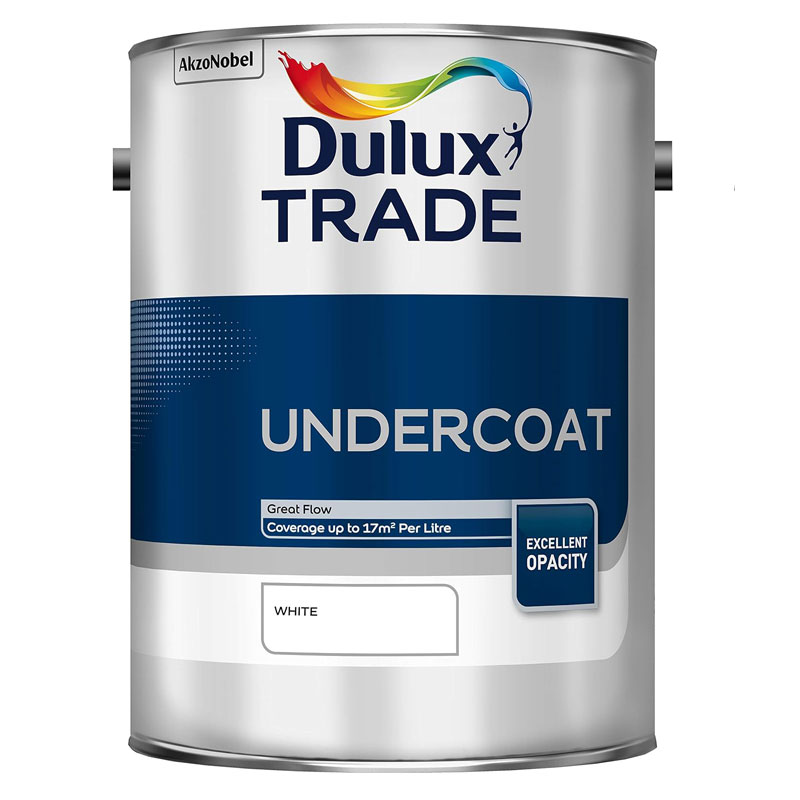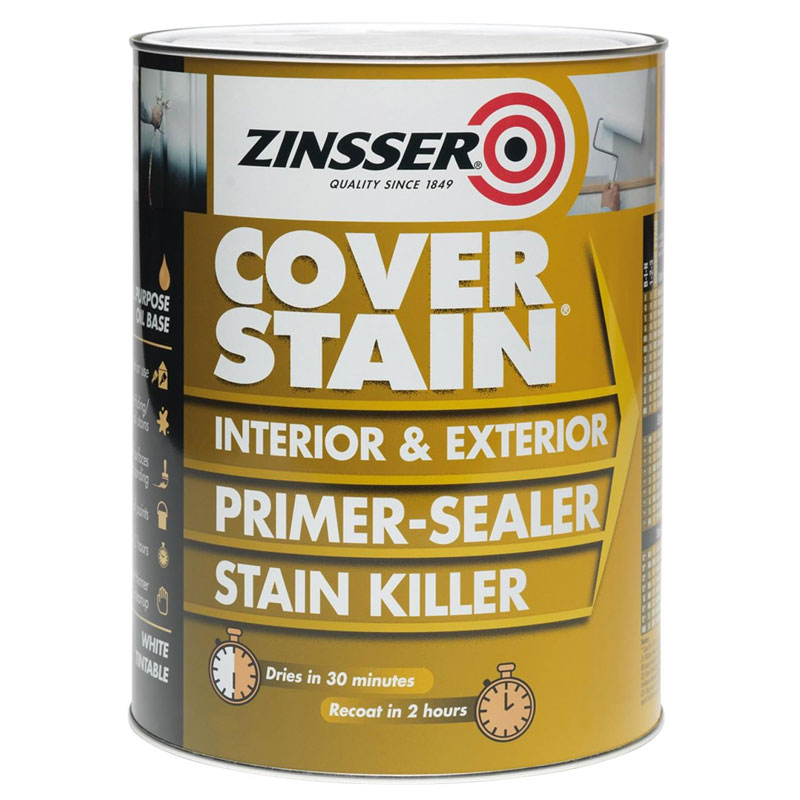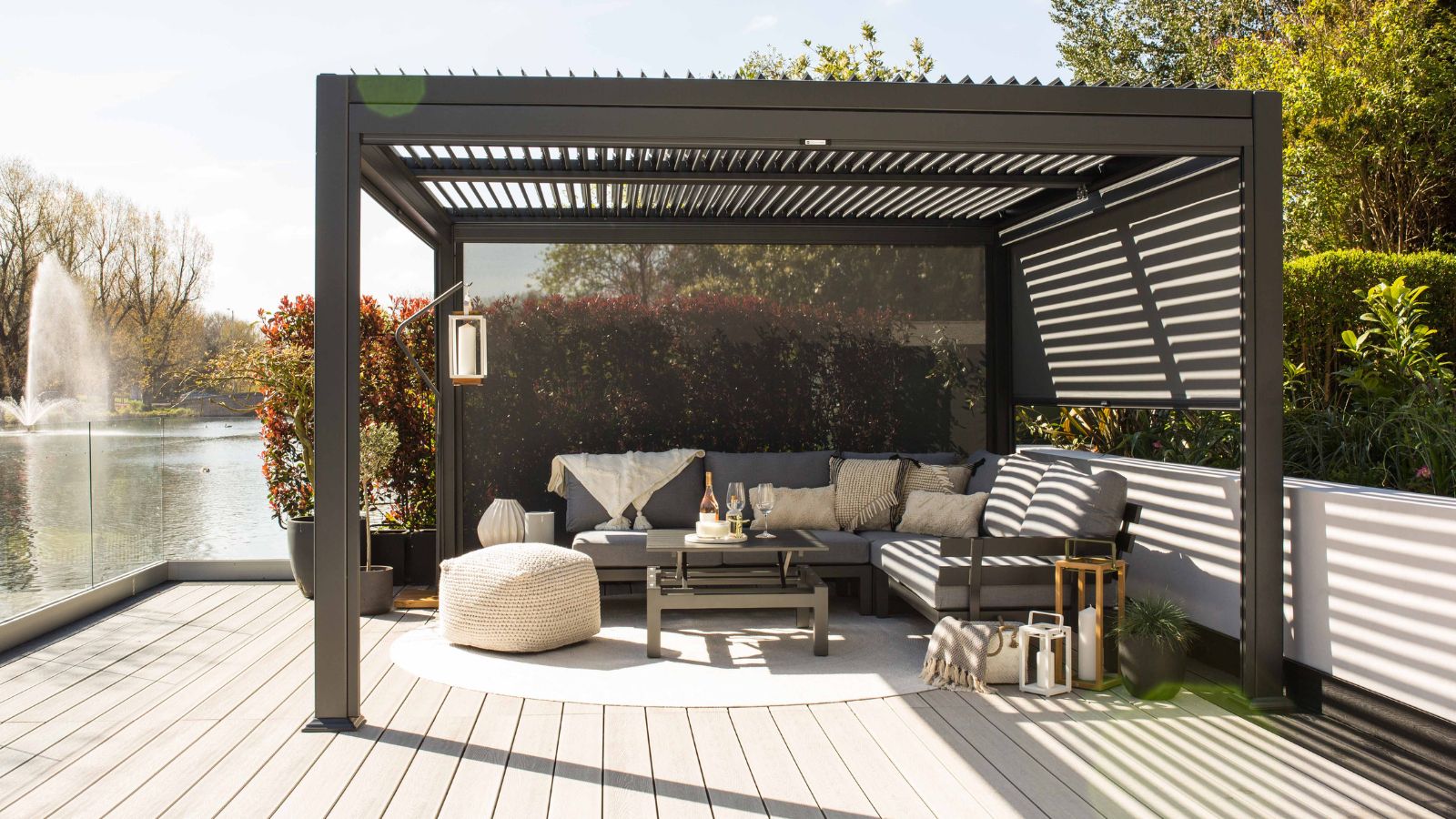How to paint over dark colours: expert tips for decorating success
Painting over dark colours can help to transform a dull room into a light and bright space. Here's how to get the best results
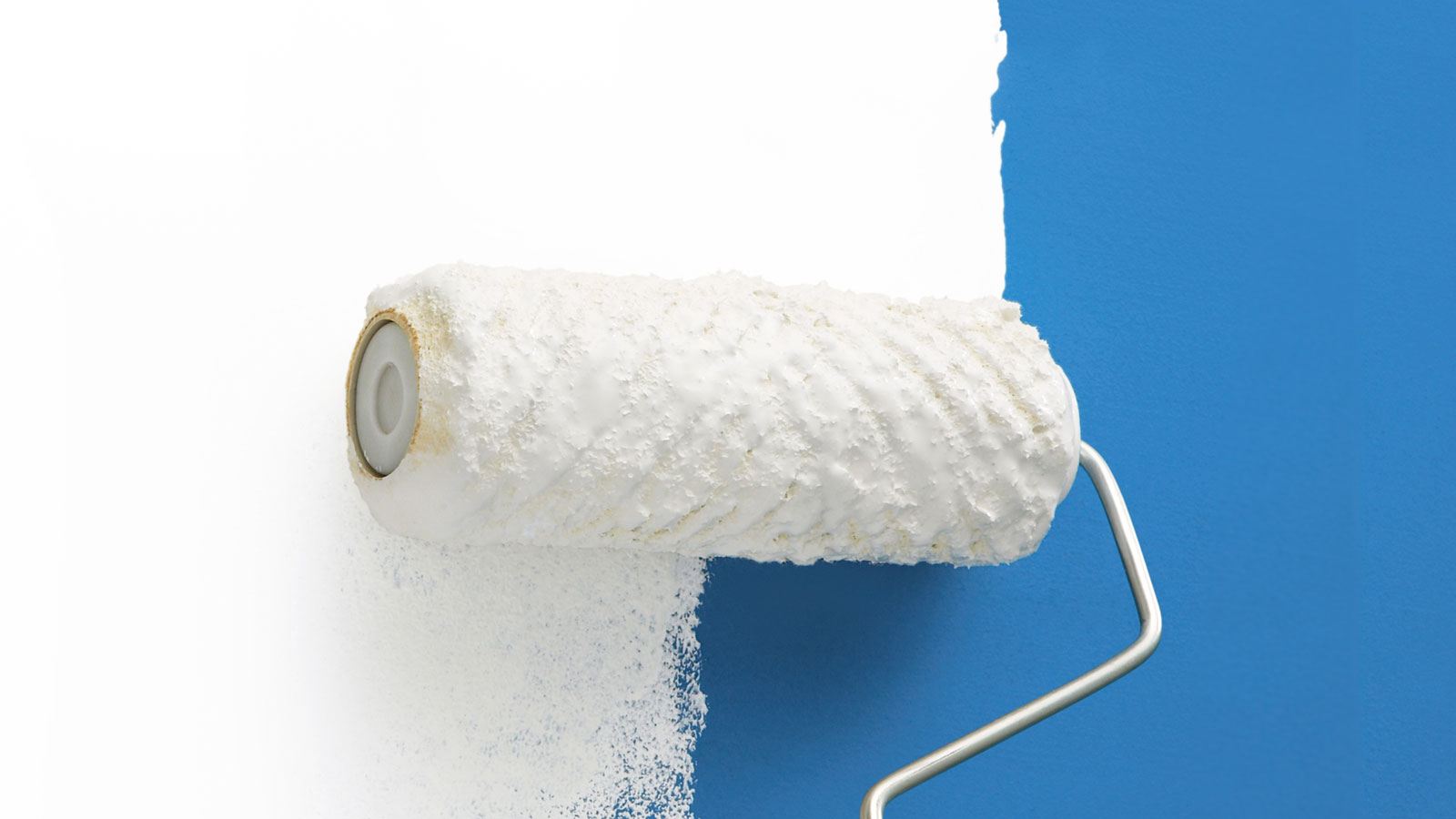
Painting over dark colours in your home isn’t as simple as slapping on another coat of paint. If you don’t prepare correctly and invest in the right paint you will be adding a lot more layers than you want.
When painting a wall, window, or door covered in a dark colour, it needs to be prepared correctly. You will be adding at least three coats of paint, and if your prep is poor it won’t be long before it's bubbling and flaking. Then you need to ensure that you have the right paint to hide the dark colour you no longer want.
Here we run through how to prep and paint your surfaces, recommend the best paints for the job and offer some alternative solutions.
The best paint to use for painting over dark colours
When painting over dark colours, it's best to use a general purpose primer, or a specialist paint. What you use will depend on what surface you are painting over.
Plaster, wallpaper or wood are the common surfaces that will be covered. For plaster and wallpaper Zinsser Cover Stain is a good all-round option. If covering painted woodwork a good quality primer/undercoat will do the job.
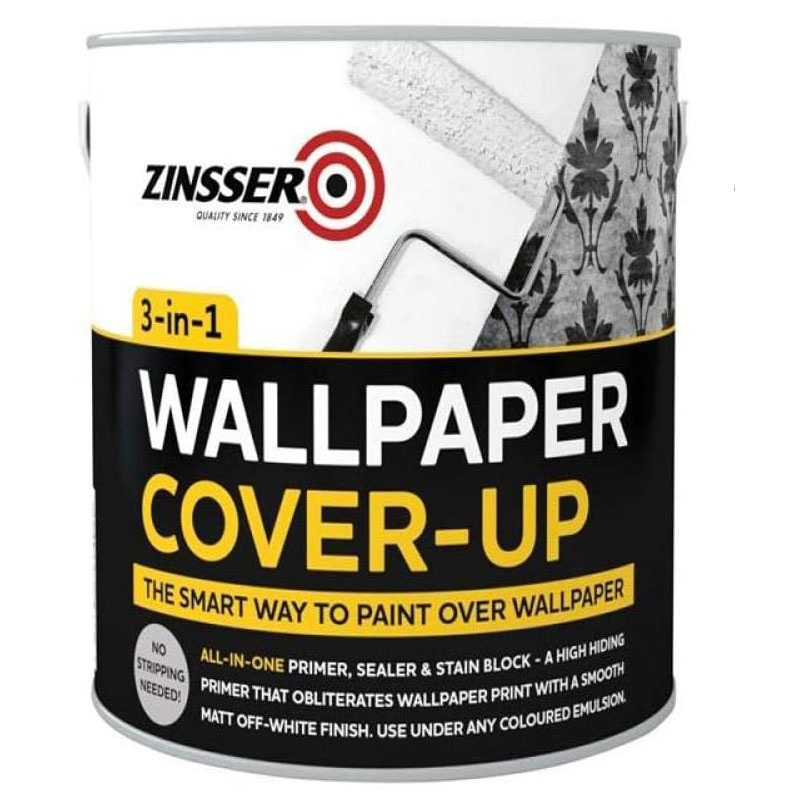
An all-in-one primer, sealer and stain blocker that hides wallpaper print and colours with a smooth matt off-white finish ready for an emulsion.
Step-by-step guide to painting over dark colours
Gather your tools and paint and make sure that you have given yourself at least a couple of hours to add the first coat.
1. Prep area and surface
Start off by preparing the surface to ensure that it is smooth and provides good adhesion. Remove any loose paint with a paint scraper, fill any holes with an all-purpose filler, leave to dry and rub down with a fine sandpaper grade – 180 grit is good.
Brush down the wall, vacuum up any loose dust, and wipe down the wall with a damp cloth to help ensure no dust gets in the paint and you get a smooth finish.
2. Add coat of primer
Ensure the surface is dry and add a coat of white primer. Start in a top corner – if painting a wall – with a two- or three-inch paint brush and work your way across to the opposite corner. I like to use Harris brushes, and this set of Harris Trade brushes from B&Q is a good option for lots of different paint projects.
Now paint both corners – top to bottom – and finish along the skirting board to create a border.
Now get a 9-inch roller (try this Harris paint roller set from Amazon) and use a V/W rolling action to add the primer. Don’t forget to blend in the painted border with the main wall paint and go over the wall lightly with the roller to get rid of any edges/ridges caused by the roller edges.
Leave to dry and see how well the dark colour is covered. If needed, add a second primer coat.
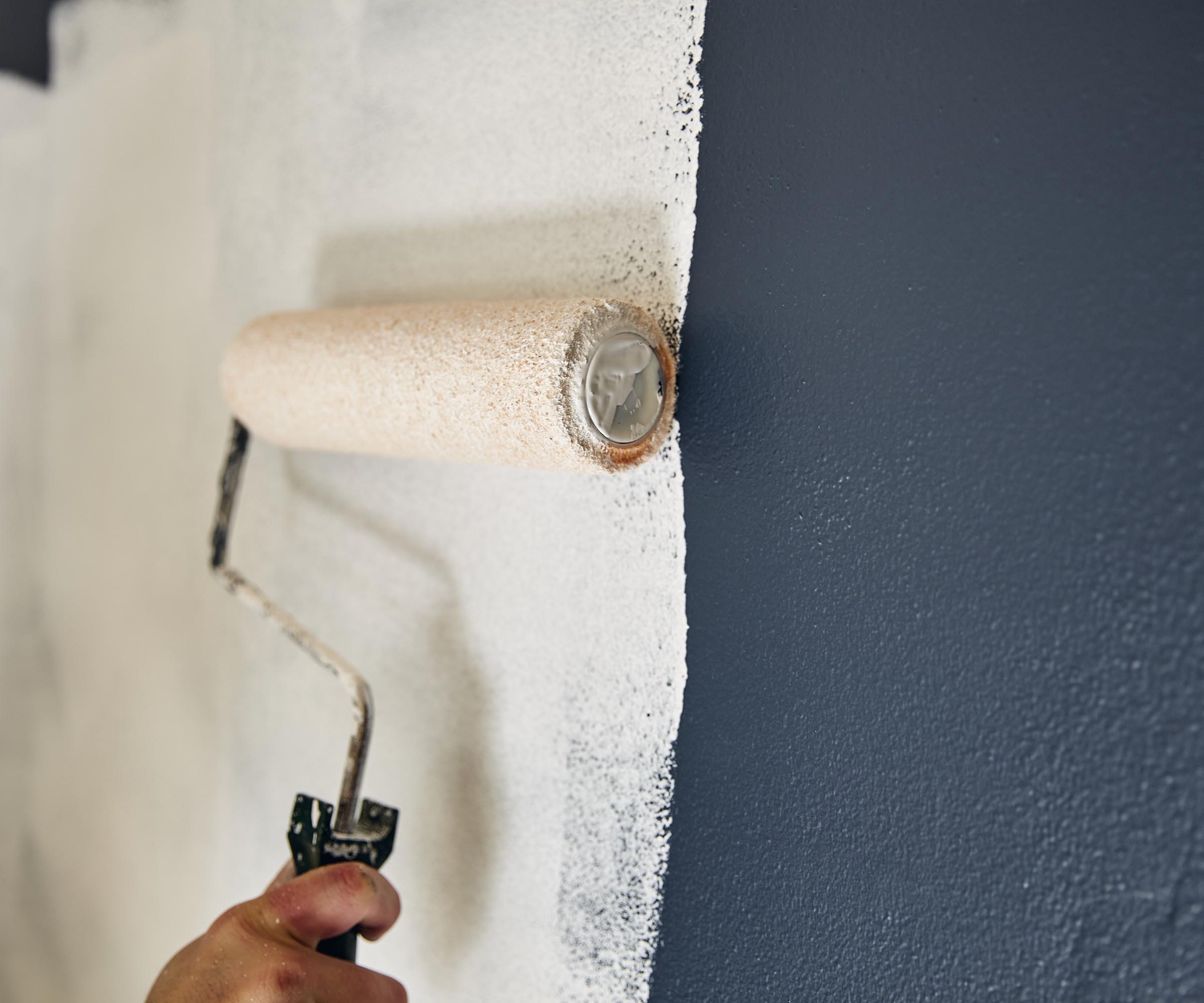
3. Apply top coats
Make sure that the primer coat is completely dry as per the manufacturer’s recommendations. If there are any ridges or runs, get rid of them with a light sanding. Don’t forget to wipe down the wall to get rid of dust. When dry, apply the emulsion in the same way you applied the primer.
If you applied the primer correctly you should only need two coats of emulsion to cover the wall. Check when the second coat of emulsion is completely dry and add a third if needed.
Alternative methods for covering dark colours on walls
One of the issues when covering a dark colour with a light one is that you will need at least three or four coats of paint for an effective finish. These will be added to the previous layers of paint, meaning you could easily have six or seven layers of paint on a surface. The more paint applied to a surface the more issues can arise. That’s why it’s important to prepare well.
If the walls have been painted directly onto plaster you can consider stripping paint off the wall. This will leave you with a clean, smooth, paint-free wall that you can repaint. Plus, it will get rid of any uneven build-up of paint and ensure good adhesion for the new paint.
For a quicker cover up you can put up lining paper and paint with a couple of coats of emulsion as usual. If you have painted wallpaper you can consider removing the wallpaper and painting the wall or adding new wallpaper ready to paint.
FAQs
Can I paint dark stained wood white?
Learning how to paint over dark colours correctly isn't just restricted to walls and ceilings. If you have dark coloured or stained woodwork you simply need to prep the surface correctly to get a good finish with a light coloured paint.
Woodwork with a dark colour can be taken back to bare wood by stripping off the paint with a heat gun to ensure a strong good looking finish. Start with a good quality primer and undercoat and finish with a top coat of your choice. Personally, I’m a big fan of a satin finish, this is subtle enough to help hide imperfections, is durable and wipeable and fits well with most decor.
To cover dark stained wood you first need to give the woodwork a good rub down with a fine sandpaper grade. Clean up any dust and wipe down the woodwork with a moist cloth to get rid of any remaining dust. Then add a stain blocking primer like Zinsser B.I.N primer/sealer or Zinserr Cover Stain, available from Amazon. This will create a barrier to stop the stain coming through. Finish with an undercoat (if needed) and top coat.
Can I use an undercoat to cover dark colours on walls?
Yes. There are combination paints that are primers and undercoats that can be used to cover walls and plaster. A good example is Crown Contract Quick Dry Primer Undercoat, available from Amazon.
Can you use a standard undercoat? Yes you can, but if you are looking to get a good finish, you are better off getting a paint specifically tailored for the job. This will save you time and money in the long run.
If you’ve got dark woodwork you want covering then it's worth learning how to paint skirting boards correctly as well as discovering the best ways to paint a panel door to get a good finish.
Alternatively, you can strip paint off wood and start afresh.
Get the Homebuilding & Renovating Newsletter
Bring your dream home to life with expert advice, how to guides and design inspiration. Sign up for our newsletter and get two free tickets to a Homebuilding & Renovating Show near you.
Steve Jenkins is a freelance content creator with over two decades of experience working in digital and print and was previously the DIY content editor for Homebuilding & Renovating.
He is a keen DIYer with over 20 years of experience in transforming and renovating the many homes he has lived in. He specialises in painting and decorating, but has a wide range of skills gleaned from working in the building trade for around 10 years and spending time at night school learning how to plaster and plumb.
He has fitted kitchens, tiled bathrooms and kitchens, laid many floors, built partition walls, plastered walls, plumbed in bathrooms, worked on loft conversions and much more. And when he's not sure how to tackle a DIY project he has a wide network of friends – including plumbers, gas engineers, tilers, carpenters, painters and decorators, electricians and builders – in the trade to call upon.
